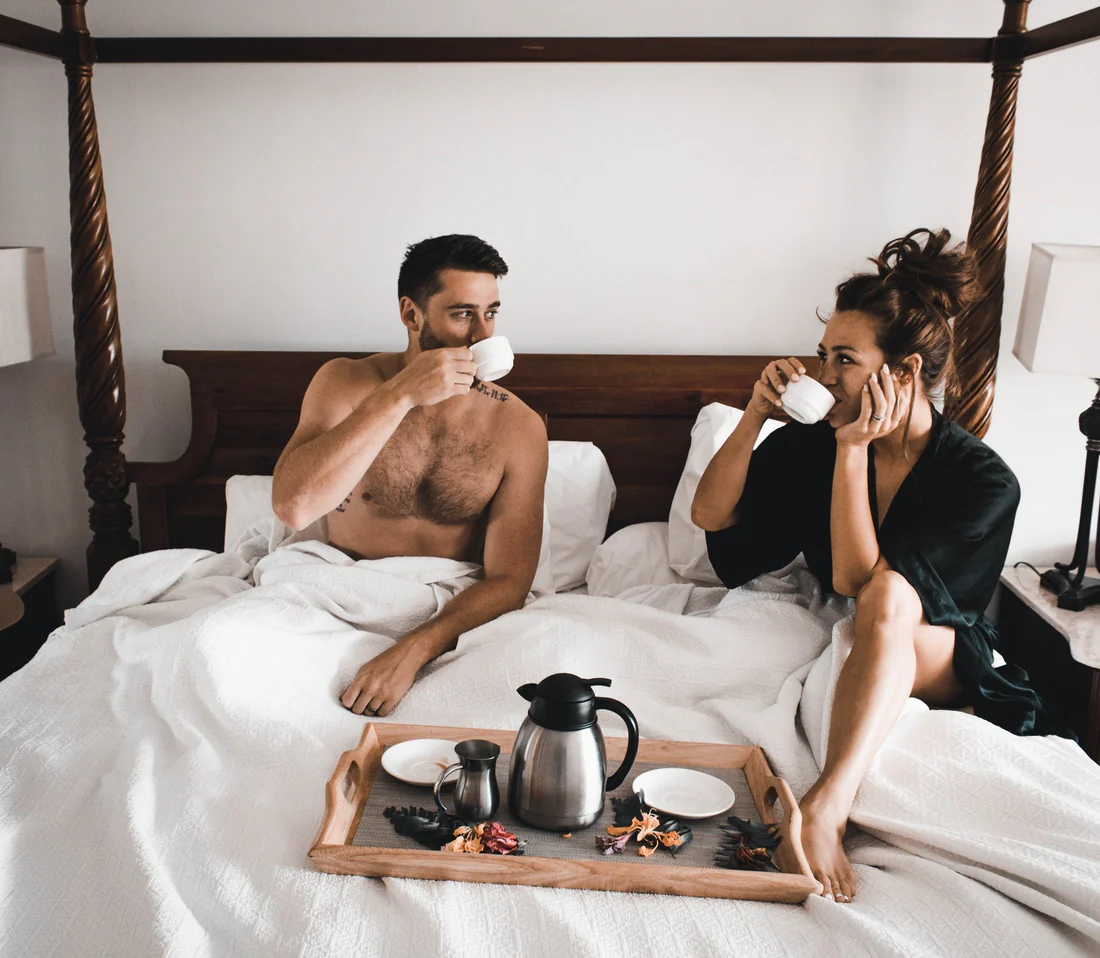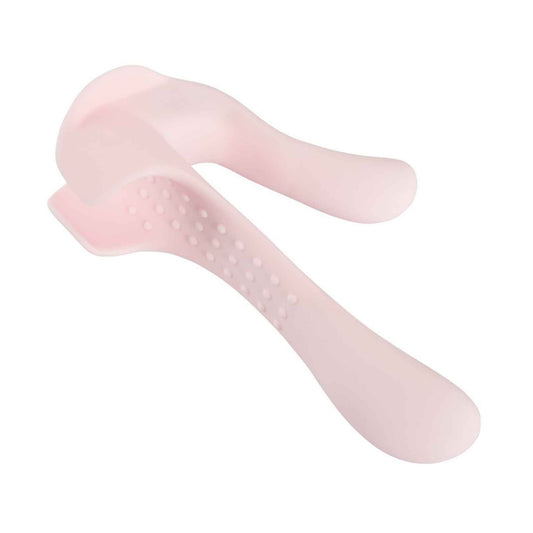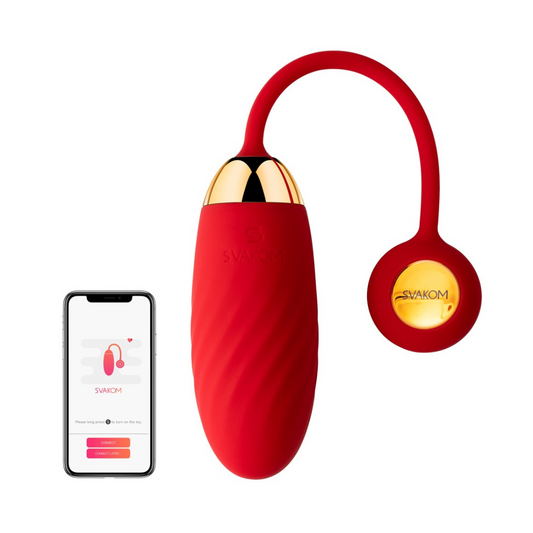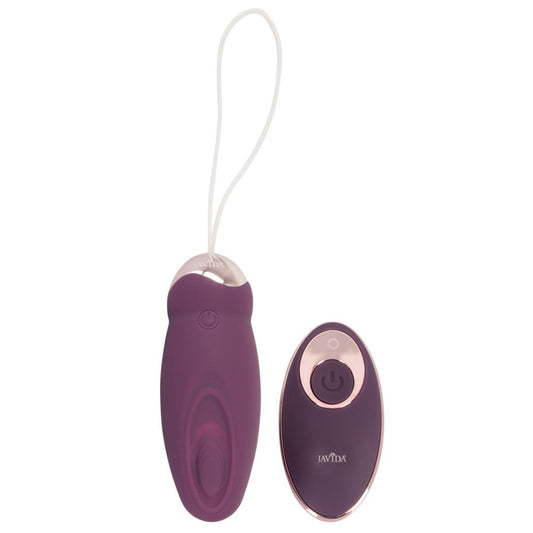
Balancing Unequal Desires in Relationships: A Comprehensive Guide
Share
Why is sexual desire rarely balanced in a relationship? How do different amounts of desire arise and how can I find access to my desire again in a natural way? Sex educator Anna Dillinger explains it and gives practical tips on how you can achieve more pleasure with the help of your body tools!

Why is pleasure expressed differently?
We can all quickly agree that the characteristics, experiences and personality traits of each person are very different and individual - fortunately, one can add, anything else would most likely be quite boring.
But how is it then that in many people's minds, when it comes to the topic of "desire for sex", there is an ideal conception according to which both sex or relationship partners, in the best case, have the same amount, the same frequency and the same intensity of desire to have sex with each other?
This narrative fits well with a number of other unrealistic ideas about sex: that it always works "just so," that the desire for it comes "out of nowhere," and that nothing in sexuality can be changed. In this imaginary world of sex, everything always runs smoothly, needs seem to be identical - and if it doesn't work out, well, unfortunately there's no explanation for that either, but in the end only the feeling of being inadequate.
Stop and nonsense! What I have already formulated here in a rather exaggerated way, most people can probably refute from their own experience: In a relationship, sexual desire is never quite the same - there is always one person who shows more of it, while the other seems to have "less" desire overall in comparison. What's interesting here is that the ratio doesn't always have to remain the same, and can even turn around depending on the phase of life and desire. And what "much" or "little" means now is also never fixed: In one relationship, the person with the weekly desire for sex may be the "much-wanting" one - in another relationship with a different counterpart, she may also be the "less-wanting" person.
Therapist David Schnarch even goes a step further and nudges us toward the following thought: the person with the less sexual desire has quite a bit of power over the sexuality that is lived. Because in the end she often "decides" whether it comes to sex now - or not.
Is this a bad thing? No! It is simply the reality that two people in a relationship do not always want the same thing, tick differently and have different needs. This starts in everyday life and continues in all areas of the relationship: including sexuality.
How do different amounts of pleasure arise?
It is exciting to take a look at how this "different desire" actually arises. Pleasure as part of sexuality is something that we have learned: From birth on, we associate sensory and tactile experiences with certain feelings. (Self-)touch is part of it, and if something feels pleasant, tingling and pleasurable, it is usually and if one has the opportunity to do so, repeated.
Even children touch each other all over the body, including their own genitals, and thus develop very individual "feel-connections" and pleasure associations. Later in masturbation, this can mean for one that it feels pleasurable to rub the vulva against something while moving the pelvis - for another it takes a certain pressure with the fingers and tension in the lower body to feel arousal. These different - and there are many more ways to satisfy yourself! - Pleasure modes therefore result from a very own, individual learning and arousal process. And in this process it is also formed what kind of pleasure accesses a person has gotten to know so far and has established for himself.
How do I access my desire?
Pleasure stepping stones can work in very different ways. And each of these "stepping stones to pleasure" is justified - but it can be quite exciting to consider: What am I using to get into pleasure? Do I need something specific for it, and how easy or difficult is it for me to fetch exactly that when needed and to control it consciously to a certain extent?
There are quite different stepping stones - and some are much more flexible than others. A classic that I often hear in my practice is: I have to be in a certain "mood" in which I feel very close to my partner! But there is also the opposite: "For me it must be very exciting when we could be caught or e.g. after an argument or emotional conversation I feel the most desire".
That strong emotions - be it love or excitement - do a lot to us and our bodies is undisputed. This kind of "deep-feeling sex" can be wonderful, great, connecting or liberating and intense - so enjoy it!
But if this kind of pleasure access is the only one, a "must-have" so to speak - then it can be difficult sometimes. Because in a relationship everything is not always rosy-red, the feeling of deep closeness is not there around the clock, just as little as quarrels and excitement (even if there are certainly some exceptions to this point - everyone must decide for themselves how much of it is healthy and bearable).
This means for lust: I have to wait for certain feelings or try to create them, so that sex is possible. This makes me dependent on you - and I have less influence on pleasure. If one says, I would like to find an access to my desire also without this charging, then the way leads also quite directly over what we have a life-long with us: our body.

Your body is the direct path to more pleasure
There is also a more direct way to pleasure. Sometimes we forget where and with what we actually generate our pleasure and excitement besides the head: With the body! And that's what it's all about here and now. Because in general you can say: People who feel their body well and can also regulate and influence it to some extent, simply have even more possibilities to start and increase the desire for sex.
Big advantage here: We always have our body with us and with our body we can do and learn so many things that bring us into lust. And if we have greater access to our "body tools" - that is, if we know how to exert influence ourselves - then we can also control our desire a bit more consciously. Not a bad extension, then!
How this can look concretely and what it means to use your "body tools" consciously to have greater decision-making power over your own pleasure, I'll tell you now.

So what are these "body tools"?
The 4 most important body tools are:
- Body Tension
- Breathing
- Movement
- Rhythm
Sounds abstract at first, and like components that are perhaps important in dancing. By the way, that's not a bad comparison at all: Imagine you're trying to dance around the room and permanently tense your whole body. It will probably be a pretty stiff dance, everything will feel compressed, breathing will be shallow and you won't be able to move very well.
Don't forget to make a very tense, pinched facial expression as well. How does it feel and what thoughts come into your head? If you had a dance partner now - could you really dance together?

And now the complete opposite: How does it feel to dance completely without body tension? Everything hangs down, the eyes and the face at half-mast, strong impulses in the rhythm of the music are not possible. Maybe you get into a trance-like state - is it possible to get into contact that well?
What I want to make clear with this is that every use of my body tools - in this case body tension - is directly linked to what I feel and how I can get in touch with my counterpart. And since all four are interconnected, I can start at any one of them to change something in my experiencing and feeling.
How do I get started with the body tools?
The first thing is to learn to perceive differences in the first place: Yes, this is really a matter of learning and can be tackled at any age. Observe yourself during masturbation: Where are you completely relaxed, where do you tense up? And does that change, for example, when you're heading towards orgasm? Is there a connection between tension and arousal?
In the second step, you can try to play a bit with this tension and relaxation. For example, if you notice that your body is becoming more and more stiff and immobile, then release some tension by breathing deeply and slowly into your belly and your whole body. Or start to move your pelvis - if we are flexible in the center of our body, we can't tense up everything in the process. Also, pay attention to what these small changes do to your pleasure. It may well be that at first these are completely unfamiliar, new things for your body - and it reacts to them according to the motto "I don't know - it's not cool". Totally normal. Then just go back to what you did before and was horny. The important thing is: It's best to introduce small and short changes into sex with yourself or as a couple and thus slowly and in the long term learn something new.

This is just ONE example of a body tool you could start to use to get even more in direct exchange with your body to a feeling of pleasure and arousal - in addition to all the strategies you may already have. And when the "new thing" eventually sits right and runs as if by itself, it will be much easier for you to play with your desire, to let it come and to increase it. In the end, it's like dancing: In the beginning you practice the steps (yes, unfortunately it doesn't work by itself) and have to think along the whole time, but eventually you just hear the music and move to it. Alone, in pairs, or in a group.
This article was written in cooperation with the sex educator Anna Dillinger, you can find more information about her on her website.















